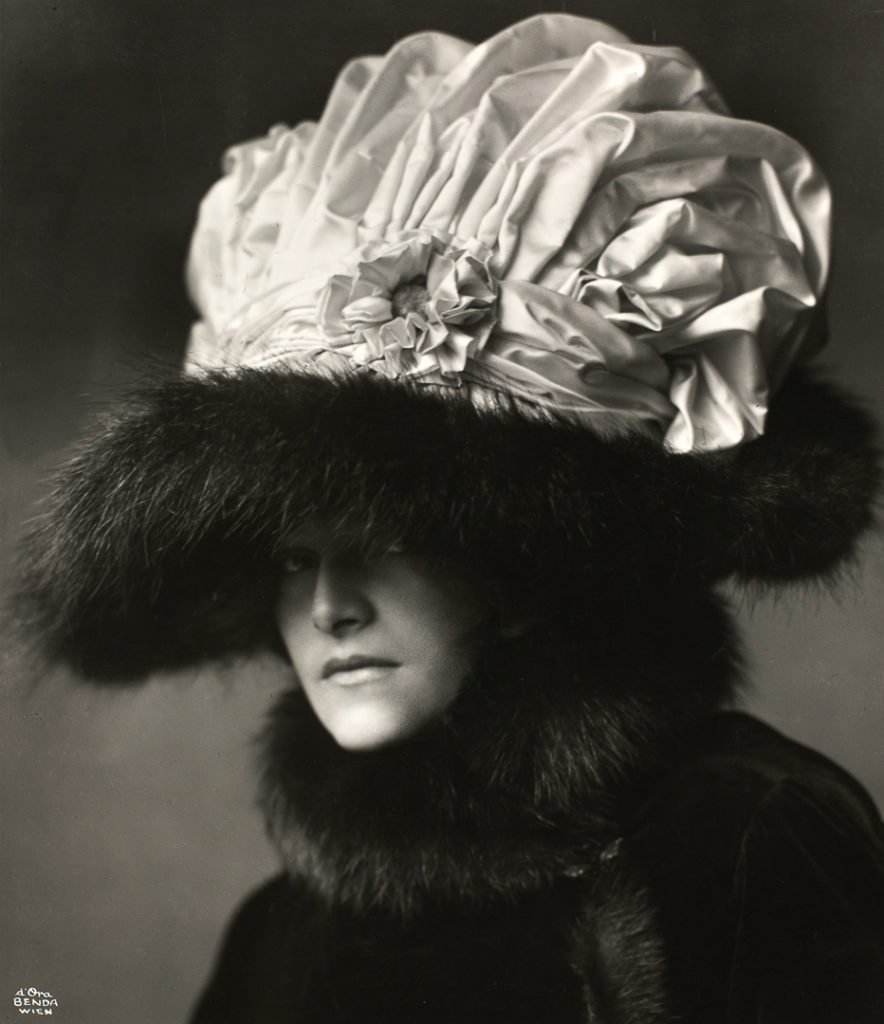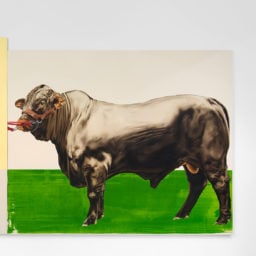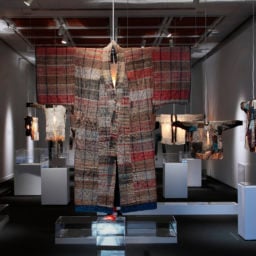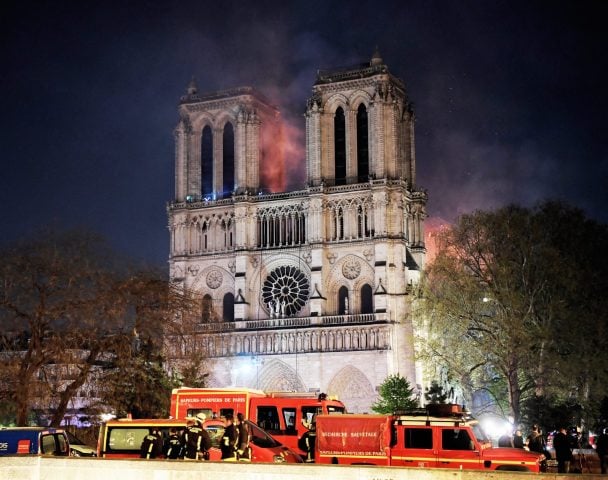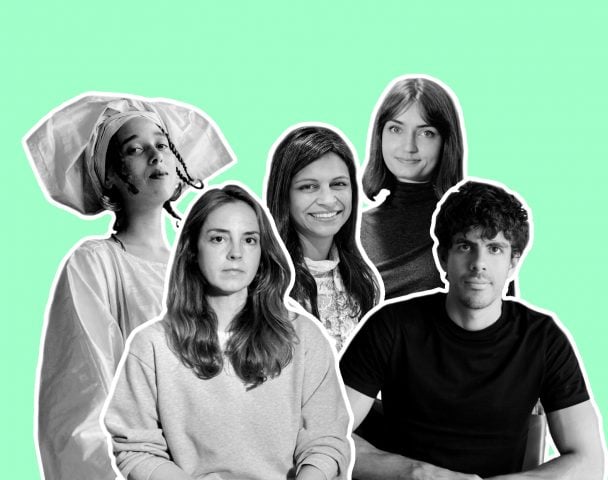While museums around the globe are closed to the public, we are spotlighting an inspiring exhibition that had been on view somewhere around the world each day. Even if you can’t see it in person, allow us to give you a virtual look.
“Madame d’Ora“
Neue Galerie, New York
What the museum says: “Dora Kallmus (1881–1963), better known as Madame d’Ora, was an unusual woman for her time with a spectacular career as one of the leading photographic portraitists of the early 20th century. This exhibition, the largest museum retrospective on the Austrian photographer to date in the United States, will present the different periods of her life, from her early upbringing as the daughter of Jewish intellectuals in Vienna, to her days as a premier society photographer, through her survival during the Holocaust. Forging a path in a field that was dominated by men, d’Ora enjoyed an illustrious 50-year career, from 1907 until 1957.”
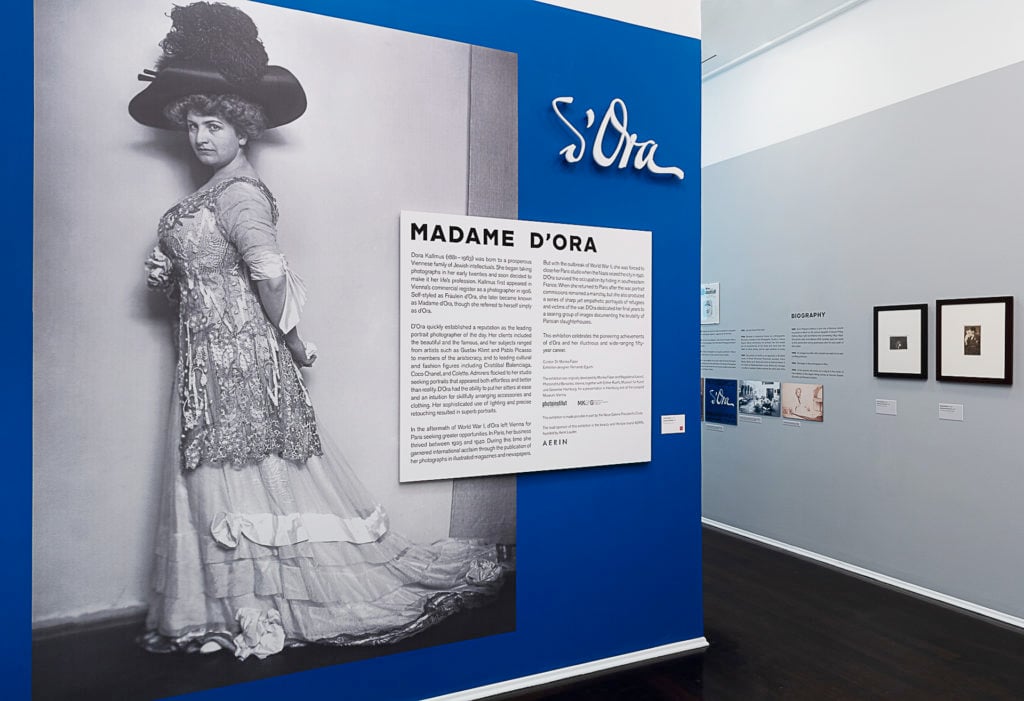
Installation view, “Madame d’Ora” on view at Neue Galerie, New York.
Why it’s worth a look: It’s the largest museum retrospective to date of an artist who has remained in the margins of history books but was at the center of Viennese society during much of her life—and then had an astounding second act as the creator of searing images of those affected by World War II.
The daughter of a well-connected lawyer, a young d’Ora leveraged her family’s connections to turn her lens on the likes of Pablo Picasso and the writer Colette. Artist Jean Cocteau once described her as an “ageless woman, more lucid than any young man,” who “brushes the killers aside with a gesture and sets up her camera in their stead in front of the daily sacrifice of our carnivorous cult.”
With the onset of World War II, d’Ora’s personal life, and her career, were forever changed. Many of her family and friends, including her sister Anna Kallmus, perished in the Chełmno concentration camp, and d’Ora’s lauded studio—the first ever owned by a woman in Vienna—was lost when the Nazis invaded Paris. After the war ended, d’Ora committed herself to documenting the darker aspects of life, though she maintained working as a society photographer to keep herself afloat.
Around 1948, the United Nations commissioned d’Ora to photograph displaced persons around European camps, and in the final years of her life, she dedicated herself to the bleak project of photographing slaughterhouses around Paris, which she deemed “my big final work.”
What it looks like:
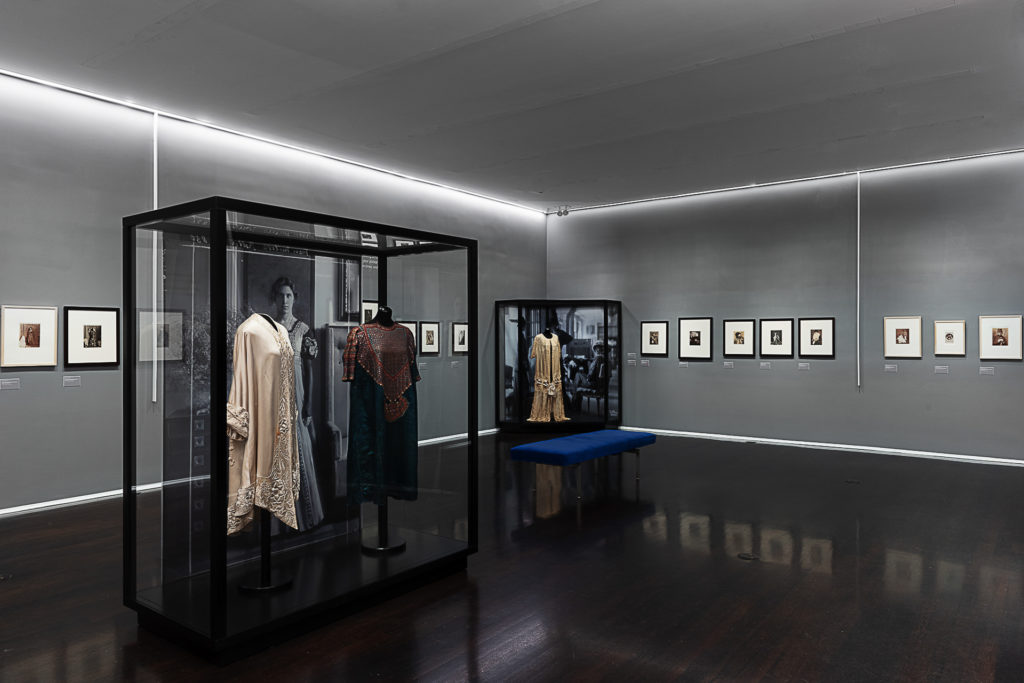
Installation view, “Madame d’Ora” on view at Neue Galerie, New York.
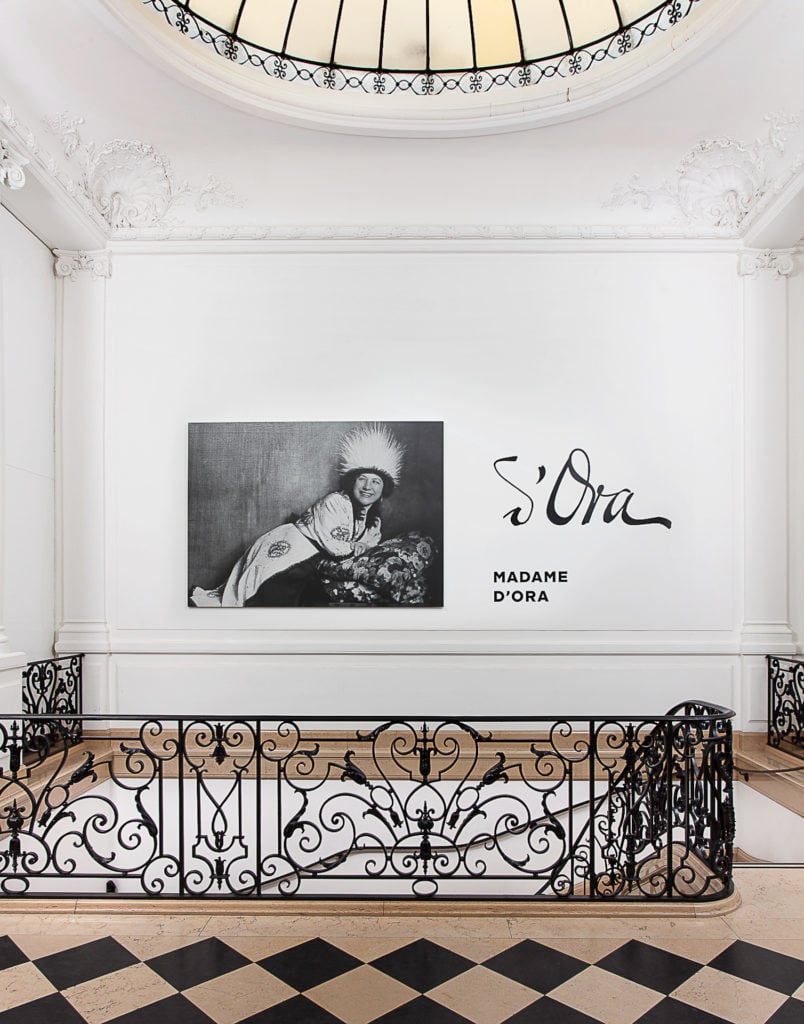
Installation view, “Madame d’Ora” on view at Neue Galerie, New York.
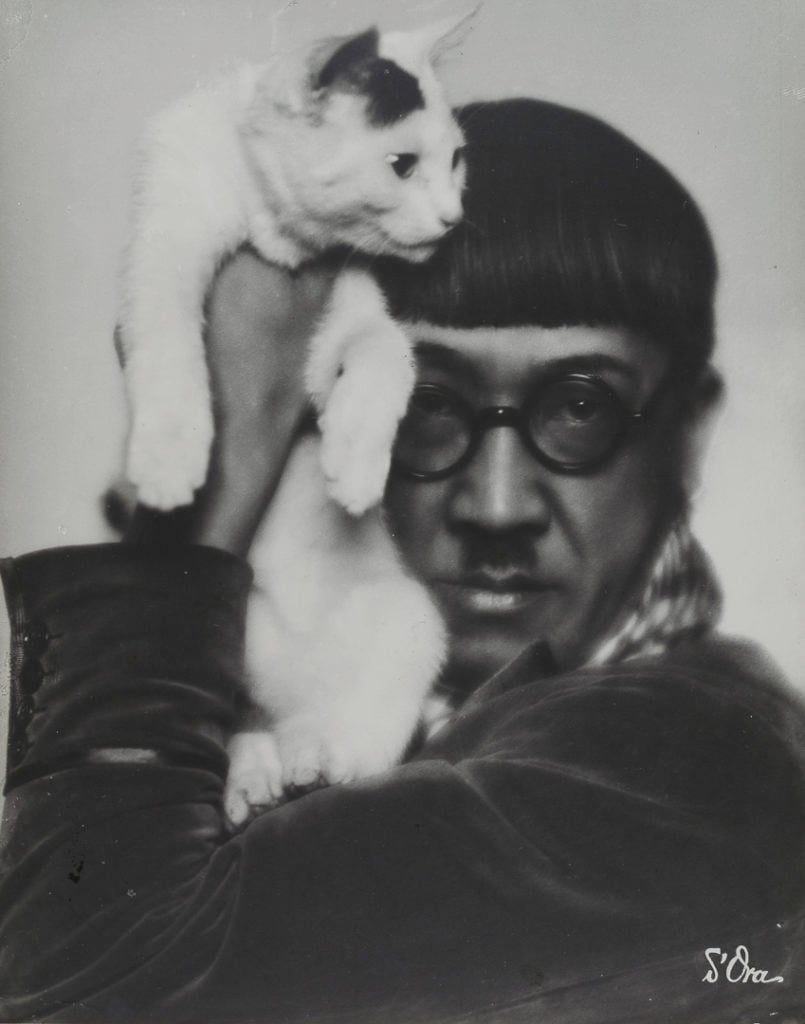
Madame d’Ora, Painter Tsuguharu Foujita (1926). © Nachlass Madame d’Ora Museum fur Kunst und Gewerbe Hamburg.
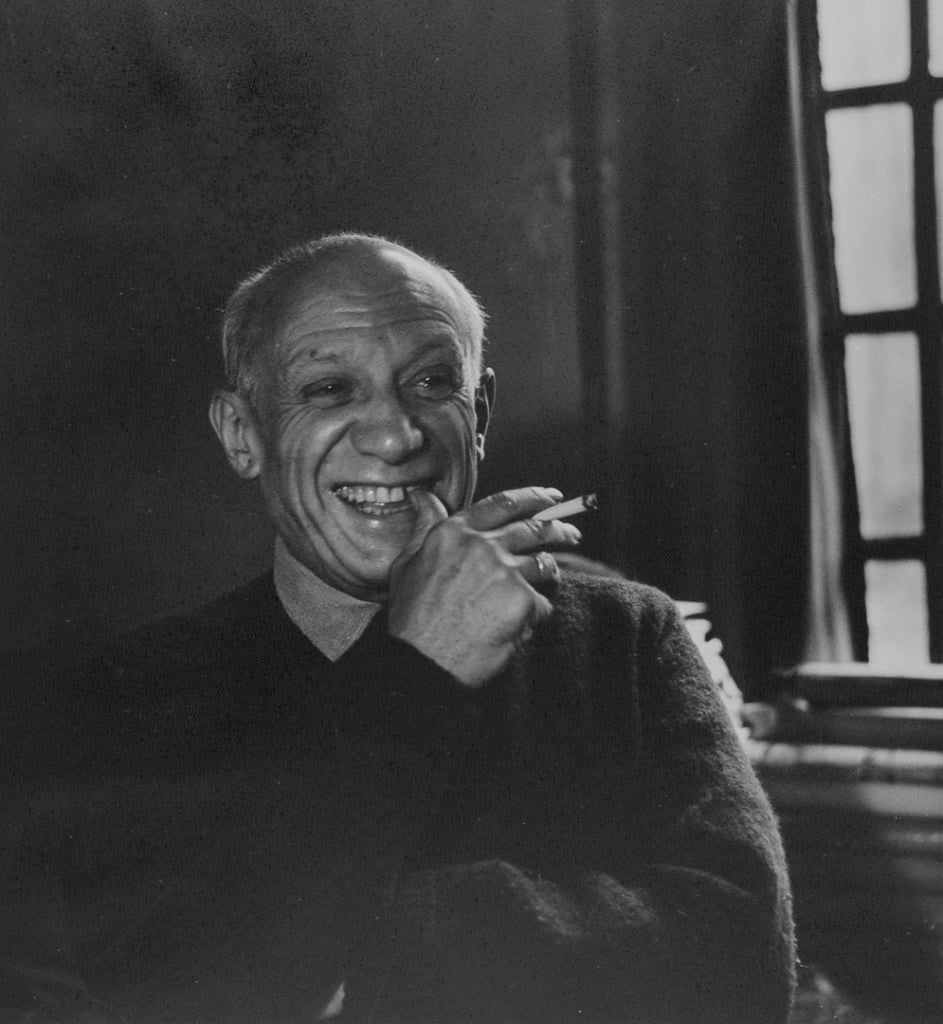
Madame d’Ora, Pablo Picasso (ca. 1955).
© Nachlass Madame d’Ora, Museum für Kunst und Gewerbe Hamburg.
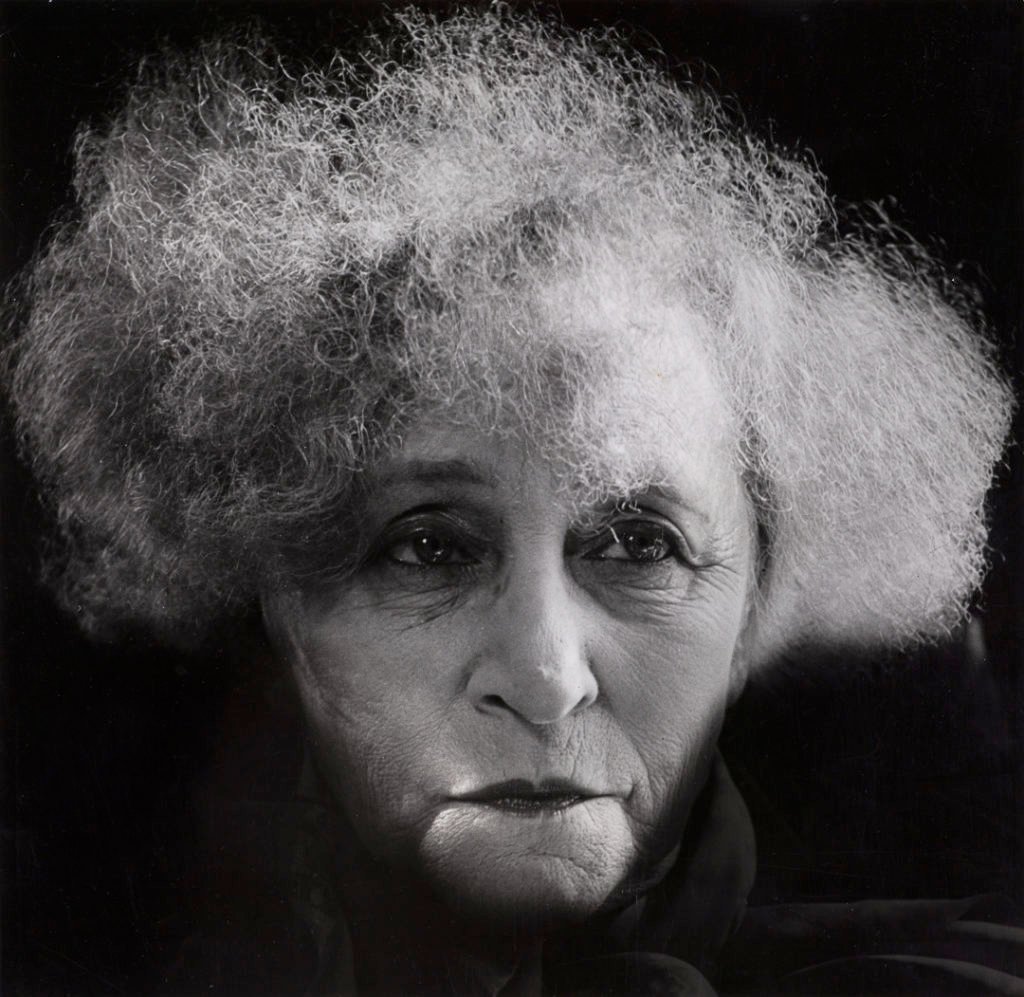
Madame d’Ora, Writer Colette Sidonie Gabriella Colette (1954). © Nachlass Madame d’Ora Museum fur Kunst und Gewerbe Hamburg.
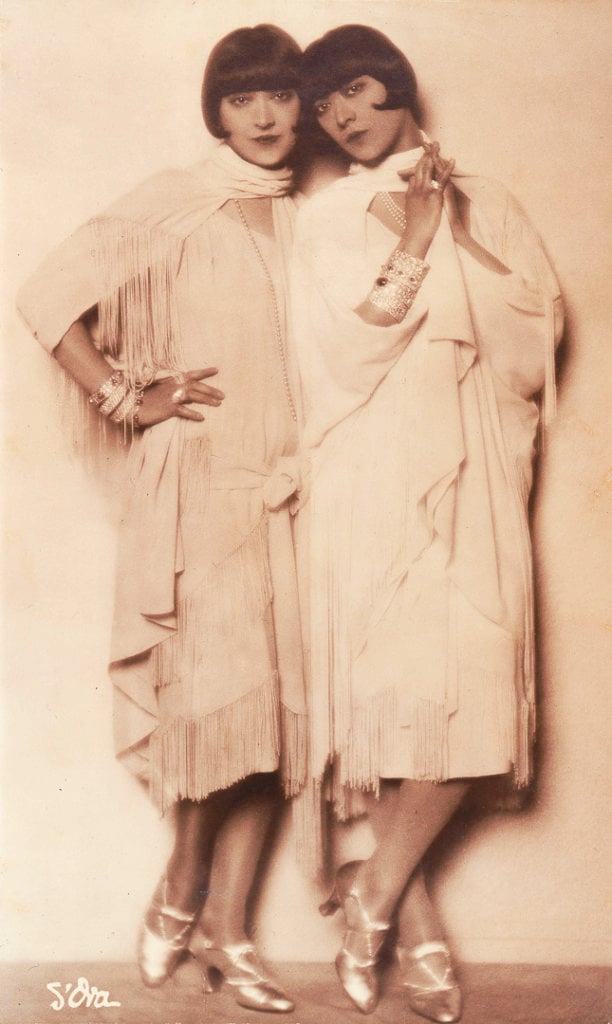
Madame d’Ora, The Dolly Sisters (ca. 1928-29). Photo © The Jewish Museum, New York
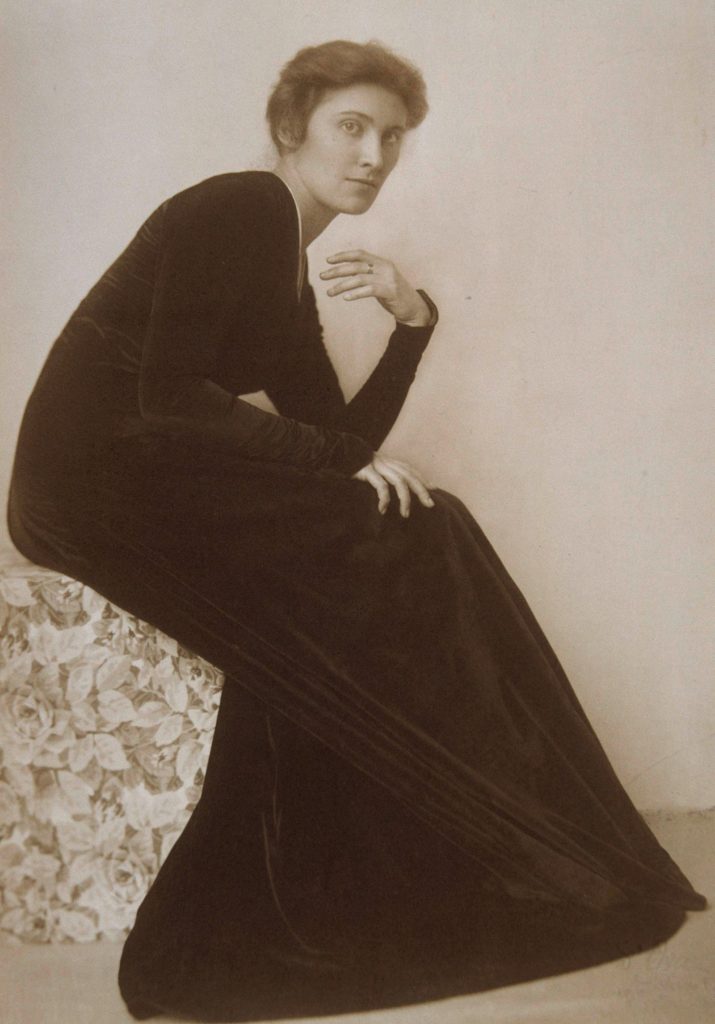
Madame d’Ora, Painter Mileva Roller (nee Stoisavljevic) in a reform dress (1910). Courtesy of the Neugalerie, New York.
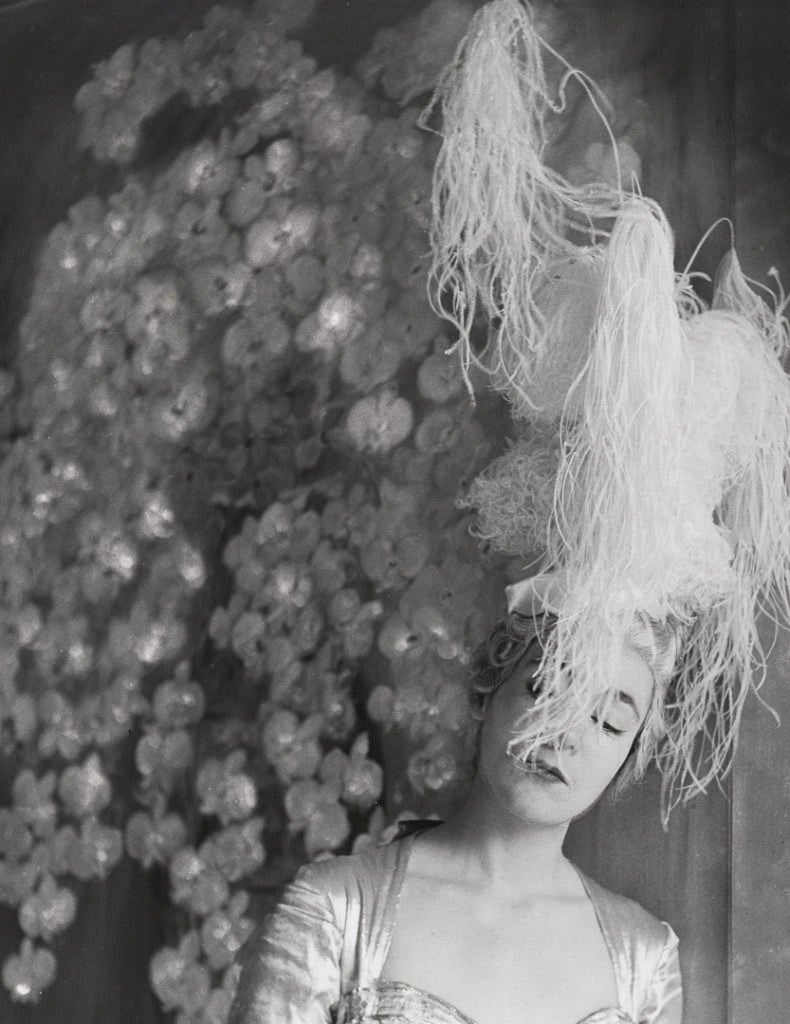
Madame d’Ora, Elizabeth Strong Cuevas in a costume by Pierre Balmain for her father’s party (1953). © Nachlass Madame d’Ora Museum fur Kunst und Gewerbe Hamburg.
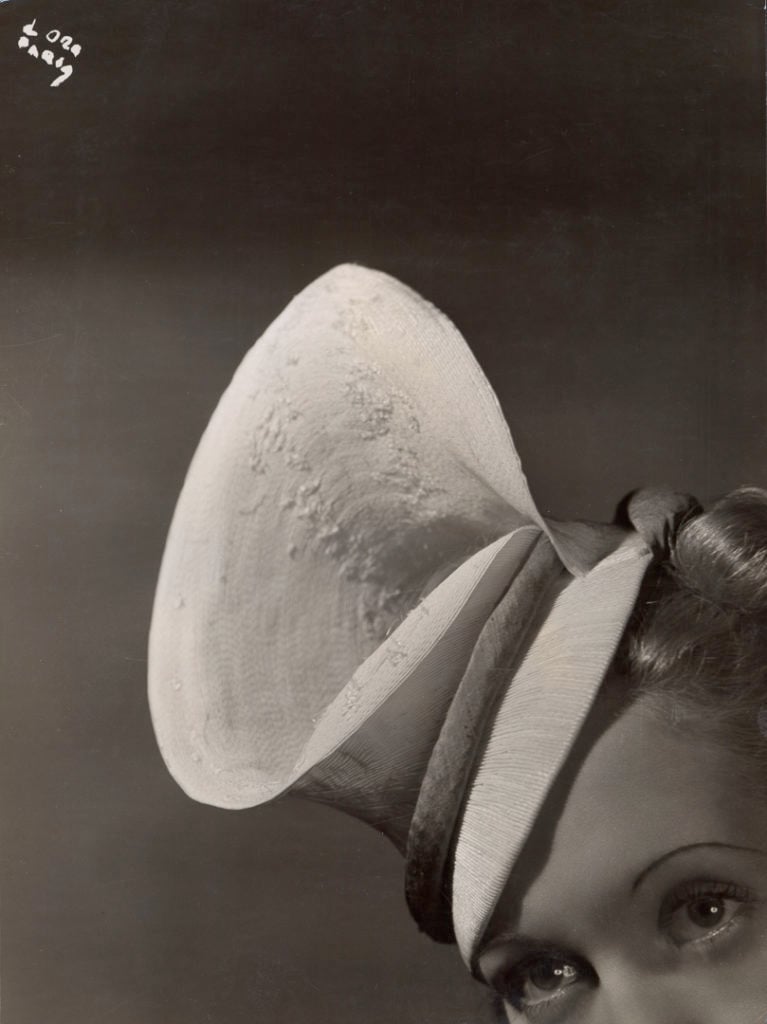
Madame d’Ora, Woman modeling a hat by Mme Agnes (ca. 1938). Courtesy Photoinstitut Bonartes Vienna.
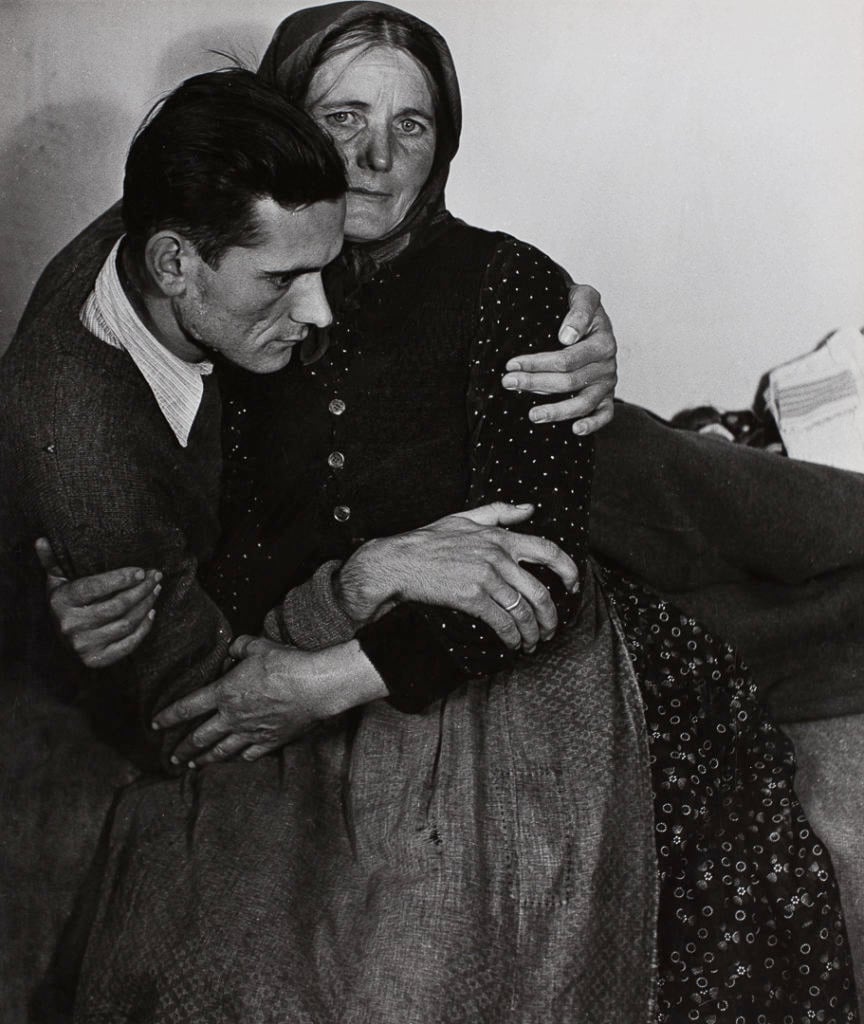
Madame d’Ora, Woman supporting a sickly man at a displaced persons camp in Austria (1948). © Nachlass Madame d’Ora Museum fur Kunst und Gewerbe Hamburg.
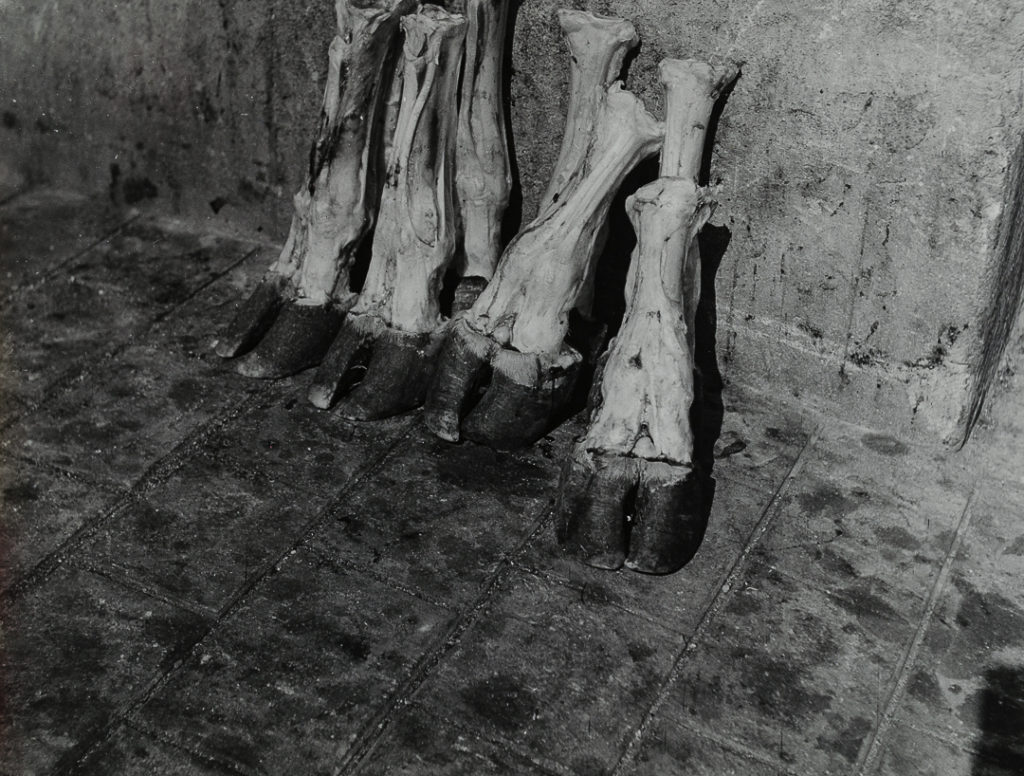
Madame d’Ora, Severed Cows legs in a Parisian abbatoir (ca. 1954-57). © Nachlass Madame d’Ora Museum fur Kunst und Gewerbe Hamburg.
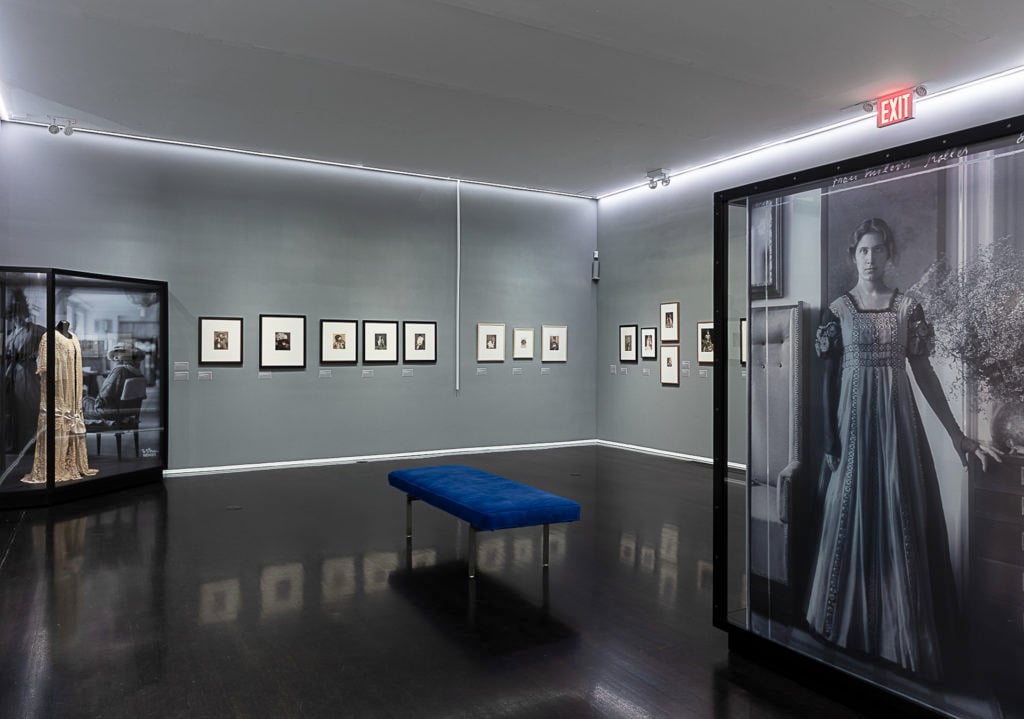
Installation view, “Madame d’Ora” on view at Neue Galerie, New York.
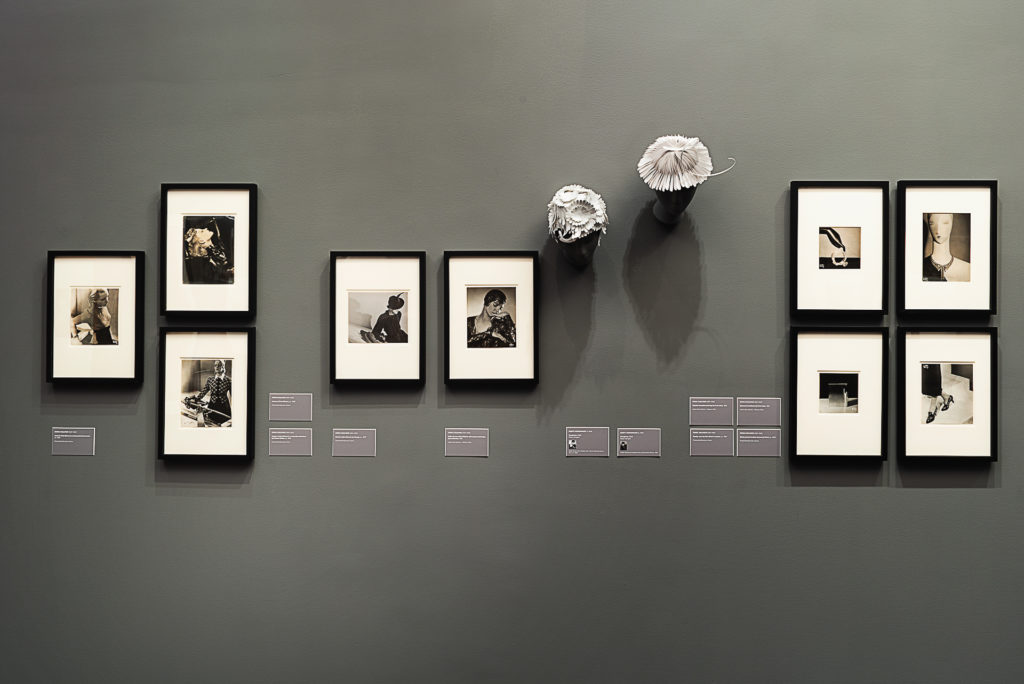
Installation view, “Madame d’Ora” on view at Neue Galerie, New York.
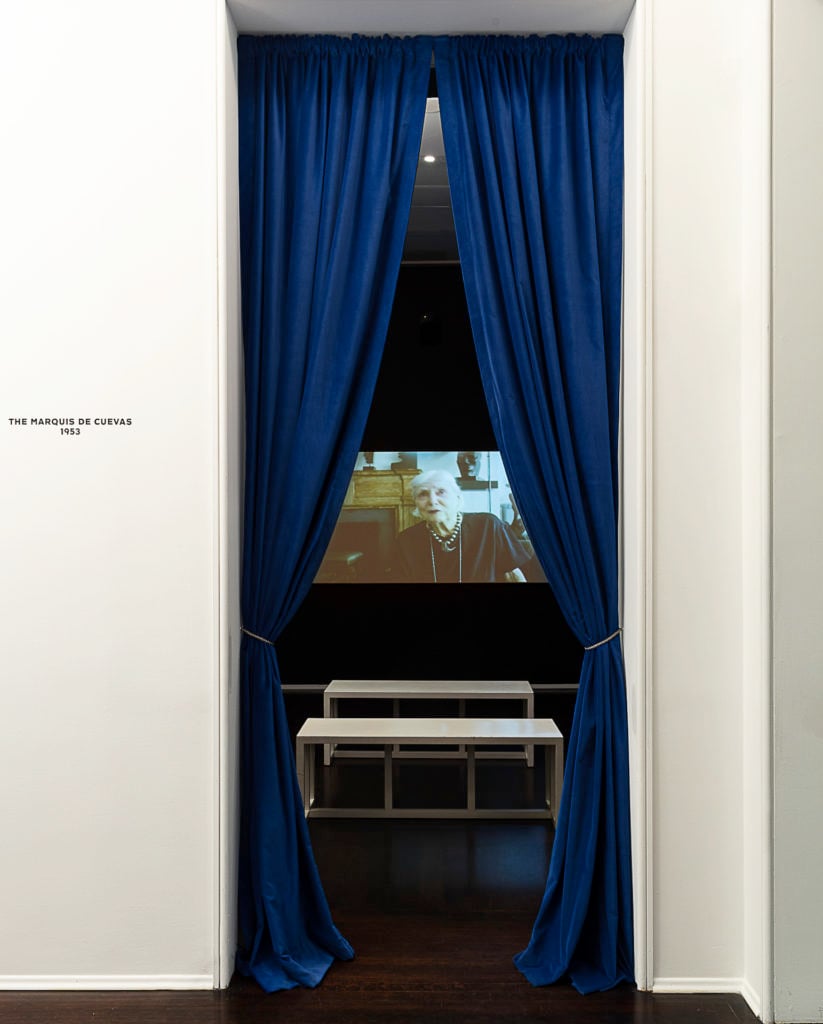
Installation view, “Madame d’Ora” on view at Neue Galerie, New York.
Although the museum is currently closed, “Madame d’Ora” is scheduled to remain on view at the Neue Galerie in New York until June 8, 2020.
